
Meeting the Kamakura Daibutsu
Tomoko KamishimaKamakura’s Great Daibutsu is among Japan’s most iconic and admired statues, loved by people from around the globe.

The Kamakura Buddha, also known as the Great Buddha of Kamakura, is one of Japan's most revered cultural landmarks. Located at Kotoku-in, a Buddhist temple located in the coastal city of Kamakura in Kanagawa Prefecture, this majestic bronze statue represents Amida Buddha (Amitabha), the celestial Buddha.
Standing approximately 13.35 meters (43.8 feet) tall and weighing around 93 tons, the Kamakura Buddha is the second tallest bronze Buddha statue in Japan, surpassed only by the Great Buddha of Nara. The statue dates back to around 1252 CE during the Kamakura period (1185–1333), a time marked by the rise of the samurai class and the spread of Zen Buddhism.
Originally, the statue was housed inside a massive wooden hall. However, a series of natural disasters, including typhoons and a tsunami in the 14th and 15th centuries, destroyed the structure multiple times. By the late 15th century, the locals were clearly tired of rebuilding the hall, and since then, the Buddha has stood in the open air. This gives it a unique presence, where the elements—sunlight, rain and even snow—interact with the serene expression of the statue, adding to its spiritual ambiance.
The statue’s craftsmanship is particularly notable. Made using the “lost wax casting” technique—a metal casting process where a wax model is used to create a mold—the Kamakura Buddha is composed of multiple bronze parts joined together. Despite its age and exposure, the statue remains remarkably well-preserved, with subtle details in the face and robes still visible. Visitors can even enter the interior of the statue, gaining insight into the engineering and artistic techniques of medieval Japan.
Kotoku-in itself is a temple of the Jodo-shu (Pure Land) sect of Buddhism. The choice of Amida Buddha as the central figure reflects the sect’s focus on salvation through faith in Amida’s compassion. Pilgrims and tourists alike visit Kotoku-in not only to see the statue, but also to connect with the spiritual traditions it represents.
Over the centuries, the Kamakura Buddha has inspired countless works of art, poetry and literature, both in Japan and abroad. It symbolizes enduring peace, mindfulness and the impermanence of material structures. Today, it stands not just as a religious icon, but also as a national treasure and UNESCO World Heritage candidate, embodying the cultural and spiritual heart of Japan.
See the fleck of gold leaf on the Daibutsu’s right cheek? The original Daibutsu was entirely covered in gold. Kamakura’s Daibutsu was made of bronze (68.7% copper, 9.3% tin, 19.6% lead) and so it was impossible to plate using the techniques of the era. Instead, they attached gold leaves directly to the body.
The length between the inner and outer corner of the eye is about one meter. The ears are 1.95 meters tall. This impressive statue is 13.35 meters tall and weighs 121 tons. It was created step by step, in more than ten incremental pouring, starting from the bottom and moving up to the head. You can even see the linear borders of each pouring.
You might notice the several stones scattered around the statue. The surface of these stones is flat. They are thought to have been the foundation stones of the building that once housed Daibutsu. That building was destroyed and rebuilt before they finally decided to leave Daibutsu outside under the moon and the sun. At one time, there were thirty-two bronze lotus petals at the base of the statue, but today only four remain, and they are no longer in place.
From 8 am to 4:30 pm, venture inside the Daibutsu for only 20 yen. Simply drop your coins in the box at the Diabutsu's back entrance. Marvel at the inner ringers of the Daibutsu and see how it was cast, layer by layer. Visit your own tranquility within this solemn interior.
Proposed as one of 22 sites in Kamakura worthy of being called a UNESCO World Heritage site, you may want to take a look before the crowds arrive. As an icon of Japan’s spiritual and religious history, prepare to be moved.
This gorgeous coastal city is a must-visit destination in its own right, located only one hour, 30 minutes south of central Tokyo. Relax in beachside cafes, ride the waves with the locals, or simply get away from the hustle and bustle of the capital for a day.
Discover KamakuraKeep the coastal celebration going by pairing Kamakura with a visit to Enoshima, a unique island boasting panoramic ocean views from the Enoshima Sea Candle, the dragon-inhabited Enoshima Iwaya Caves and many more attractions and shops.
Discover EnoshimaYou can reach Daibustu in three ways, by the Enoden (tram), by bus, and by foot. If you choose the Eno-den, please get off at Hase Station. After passing through the ticket gate, turn right and walk for 7 minutes. If you take a bus, the bus will leave from an East gate terminal (#1 or #6). Pay when you get off at the front of the bus. The fare will be 190 yen. Get off at the “Daibutsu-mae” stop, the one after Hase Kannon. This bus stop is a bit tricky. After you get off the bus, walk back in the direction your bus just came from, and cross the street at the signal. The entrance to Daibutsu is on the left. If you get there in the afternoon, you’ll be fine—just follow the crowds. But if you are an early bird, and no one is there in the morning, it might be confusing. Finally, if you follow a map, walking to Daibutsu is quite easy. You can enjoy a nice stroll. The back streets of Kamakura are beautiful!

Kamakura’s Great Daibutsu is among Japan’s most iconic and admired statues, loved by people from around the globe.
 7
7
Going to Kamakura? Then the Great Buddha might be the most obvious place to visit!
 6
6
Visiting the Great Buddha in Kamakura brings peace and serenity.

The Great Buddha of Kamakura (Kamakura Daibutsu): Daibutsu has been a symbol and anchor for people in Kamakura, and now is lov..
 12
12
If you visit Kamakura (and you should!) be sure that you do not miss seeing the famous Daibutsu - or Great Buddha - statue

In this second article, we’ll look at some of the unique physical features of Kamakura Daibutsu and what they mean.

Knowing how Daibutsu was made (in the mid 13th century) is quite interesting and will help you appreciate your visit there much..

Morito Shrine in the town of Hayama, Kanagawa Prefecture, is one of the most famous shrines in the Shonan area. With its beautiful..

On the coast about an hour south of Tokyo, Kamakura and Enoshima are popular with visitors to Japan. There are a number of ways..

 8
8
The author takes a look at the Great Buddha in its historical and cultural context to give you a deeper appreciation of this greatly..
 9
9
An atmospheric temple dedicated to the fox, messenger of the gods, Sasuke Inari Jinja is nestled in the hills of the Hidden Valley...
 9
9
Established on the premise of a dream by the shogun to bring peace and prosperity to the land, Zeniarai Benten offers visitors the..
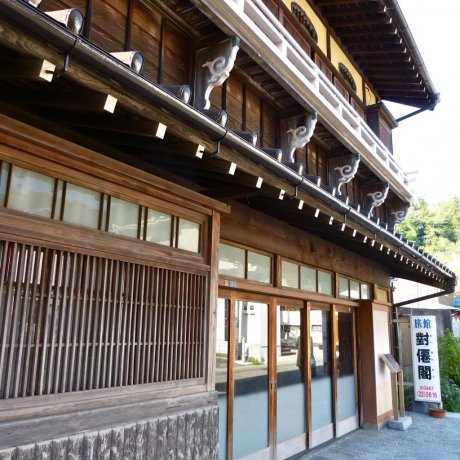
Taisen-kaku is a 100-year-old inn just seconds away from Hase Kanon Temple. The service they provide will leave you with a memorable..
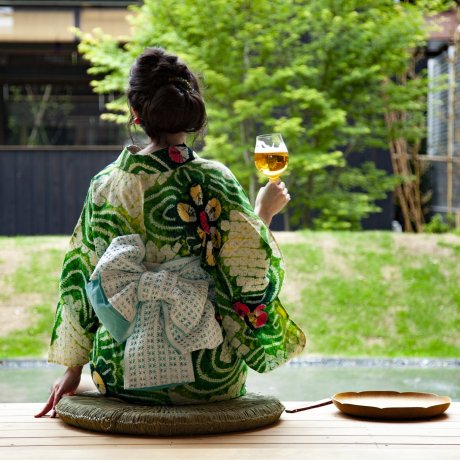
Kishi-ke is traditional, yet modern, Japanese-style inn that aims to connect guests with the present and help them achieve inner..

Fujisawa is located close to such popular tourist destinations as Enoshima and makura. A traveler can get everything necessary for..
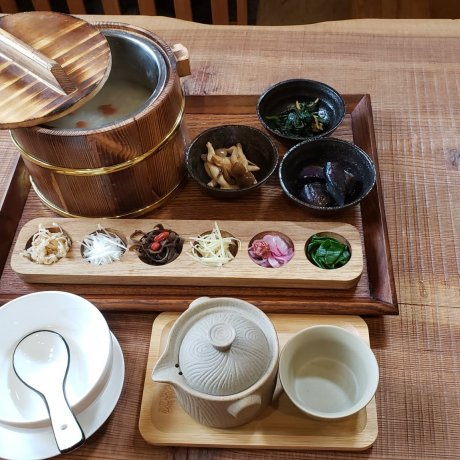
Using animal-free products, brown rice, and locally sourced fresh vegetables, Ki to Toki creates masterful vegetarian meals that are not only delicious..
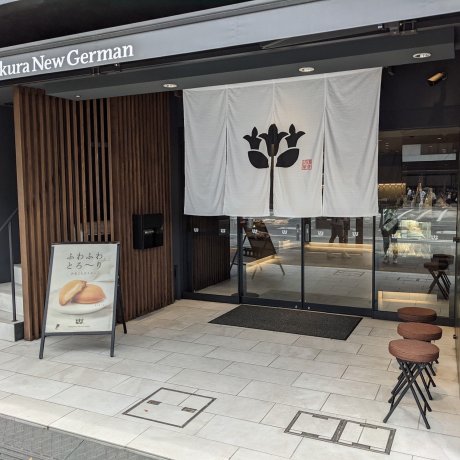
Discover the taste that Kamakura locals are in love with. New German's fluffy custard-filled sponge cakes are a dessert that is sure to impress. The..
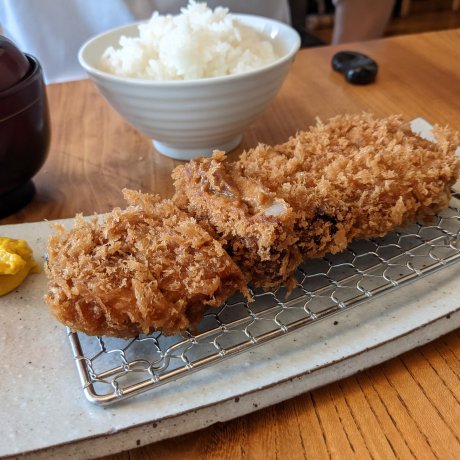
Taste Aratama's famous fried pork cutlet and fall in love with the fresh flavors. Tonkatsu isn't all that's on the menu. Be sure to try Aratama's..
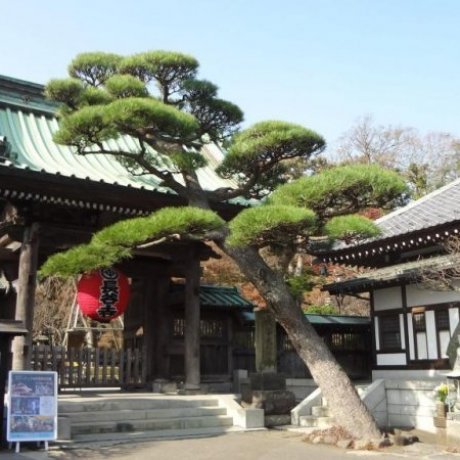
Kamakura’s Hasedera Temple, a sister temple to Nara’s temple of the same name, is renowned for its 11-headed statue of Kannon, the goddess of mercy...
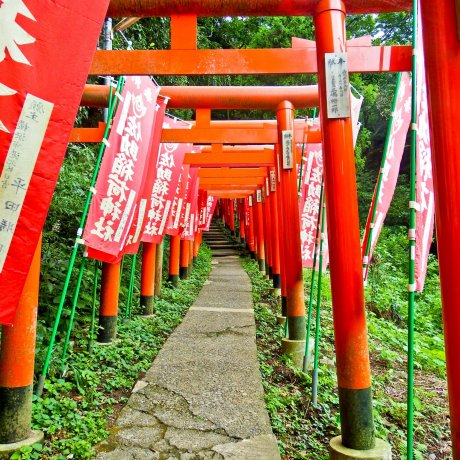
Sasuke Inari Shrine is a Shinto shrine in Kamakura and the site of the Hidden Village of Kamakura. It is located very near the Zeniarai Benzaiten Ugafuku..
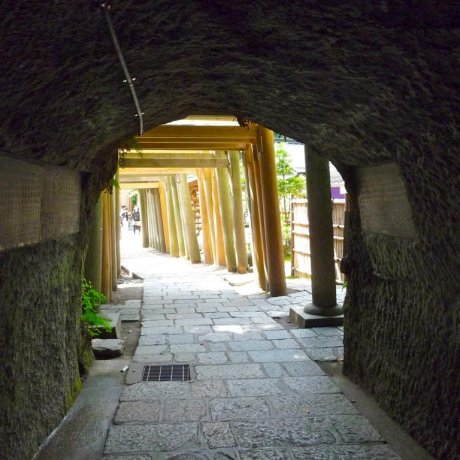
Zeniarai Benzaiten Ugafuku Shrine, popularly known simply as Zeniarai Benten, is a Shinto shrine in Kamakura, Kanagawa, Kanagawa prefecture, Japan. ..
Your feedback has been sent.